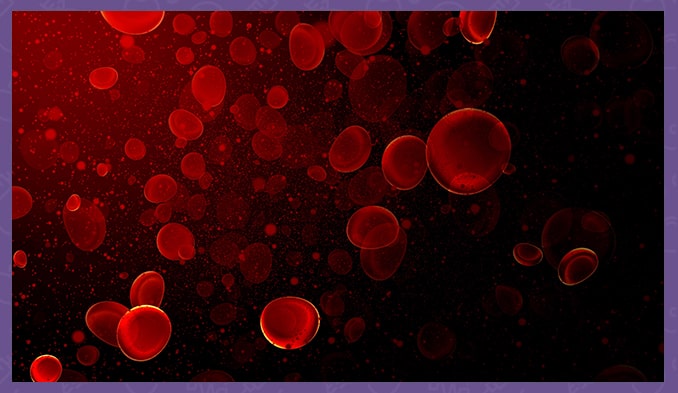Digital subtraction angiography (DSA) is an interventional radiological method used to clearly visualize blood vessels in tissues. It is often used to detect a blood flow problem in the vessels of the brain. A contrast agent is introduced into the body and when it reaches the desired area to be imaged, X-ray pictures are taken of that area. X-ray contrast structures such as bone are digitally eliminated ('subtracted') from the image, thus allowing accurate imaging of the blood vessels in the area and the extent of blood supply.
Digital subtraction angiography (DSA) is considered the "gold standard" imaging method for detecting blood flow problems. It is an invasive method as it requires intravenous administration of contrast material. DSA is a fluoroscopic imaging technique and has been safely applied since 1970. Thanks to this technique, which reveals the blood supply in the desired area, the vascular structure and blood supply of the region can be shown as clearly as possible, in real time.
When is subtraction angiography used?
Digital subtraction angiography is used for both detection and treatment of blood vessel and vascular pathologies. There are many indications for angiography and the number is increasing since interventional radiology has been shown to successfully displace many open vascular procedures.
Digital subtraction angiography can be used to accurately assess arteriovenous malformations, to diagnose intracerebral hemorrhage of unknown etiology, and aneurysms in subarachnoid hemorrhage when CTA/MRI is negative.
Digital subtraction angiography can be used to treat preoperative embolization of vascular tumors, embolization of arteriovenous fistula/malformation, endovascular treatment of vasospasm as a complication of subarachnoid hemorrhage, intracranial/extracranial stent placement, mechanical thrombectomy for acute stroke, aneurysm coiling, mechanical thrombectomy for acute stroke.
Renal failure and hypersensitivity to iodine-containing contrast agents are relative contraindications. Some centers use carbon dioxide as a contrast agent for these cases.
How long does it take to perform digital subtraction angiography?
Digital subtraction angiography is basically an angiographic procedure. As with other angiographies, the patient is sedated if necessary. It is performed in a sterile environment and in the supine position.
The duration of the examination may take as little as half an hour, depending on the patient's condition, the area to be imaged and the disease status of that area.
Digital subtraction angiography procedure
Prior to performing digital subtraction angiography, a preliminary patient assessment is performed which includes, but is not limited to:
- presence of atherosclerotic disease (e.g. previous myocardial infarction)
- diabetes
- kidney function status
- medicines
- allergies and previous exposure to iodine-containing contrast agents
- previous surgical procedures, especially vascular
- reports of previously performed angiograms, if available
- review of any relevant vascular imaging studies, e.g. pre-procedural CT angiogram
When starting digital subtraction angiography, X-ray images are taken before the contrast agent is applied to the target area where the vascular structure is to be revealed. Anesthesia is administered at the puncture site to reach the target area. A puncture is usually performed under ultrasound guidance. X-ray images are taken sequentially while the contrast agent is injected into the target area. Thanks to the machine, these two images are extracted from each other and the vessels in the target area are shown clearly.
After the procedure, the patient should be immobilized for 4-6 hours and remain in the supine position. Frequent observations should be made to look for hematomas at the puncture site, which is the most common complication.
Complications
Complications can be categorized into local and systemic complications:
Local complications (puncture site):
- from the puncture site
- thrombus formation
- local tissue damage
- pseudoaneurysm
- arteriovenous fistula
Systemic complications:
- Thromboembolism
- air embolism
- vascular dissection
- contrast mediated nephrotoxicity



